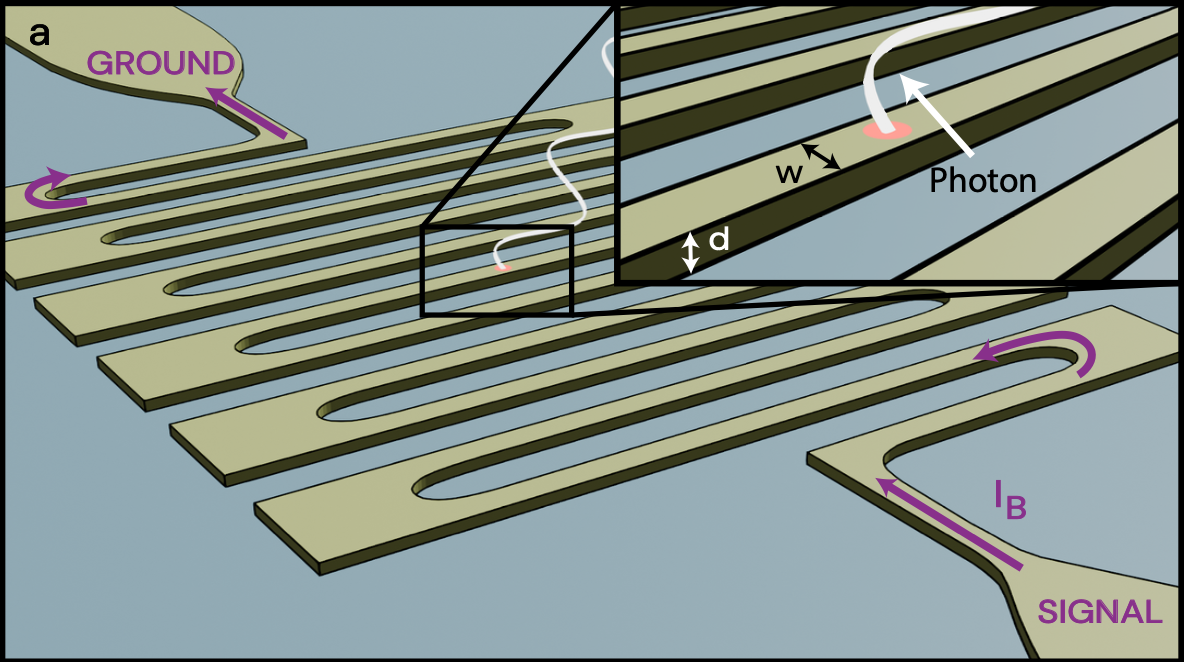New publication
Ab initio modeling of nonequilibrium dynamics in superconducting detectors and qubits
Exciting News!
We are pleased to announce that our paper, Ab initio modeling of nonequilibrium dynamics in superconducting detectors and qubits, has been published in Physical Review B!
Full citation:
A. Simon, K. K. Berggren, and C. Heil, Ab initio modeling of nonequilibrium dynamics in superconducting detectors and qubits, Phys. Rev. B 112, 174512 (2025).
https://doi.org/10.1103/3m2k-mzr6
Understanding Nonequilibrium Superconductivity
Superconducting devices operate under conditions far from equilibrium, where absorbed photons or thermal fluctuations generate cascades of nonequilibrium quasiparticles and phonons. Accurately describing these processes is essential for predicting detector performance and qubit coherence—but remains a major theoretical challenge.
In this work, we present a fully ab initio framework that connects microscopic materials properties to macroscopic nonequilibrium behavior. Using first-principles electronic and vibrational structure as input, we compute key scattering and relaxation rates, enabling quantitative modeling of energy flow and dissipation in superconductors following optical excitation.
Applications to Quantum Devices
Our approach provides microscopic insight into the energy conversion and relaxation dynamics governing two key device platforms:
- Superconducting nanowire single-photon detectors (SNSPDs): We analyze how absorbed photons generate and diffuse quasiparticles, determining the detection efficiency and reset time.
- Superconducting qubits: We examine how nonequilibrium quasiparticles affect coherence, offering routes to mitigate their impact through materials design.

Key Results and Outlook
The framework achieves quantitative agreement with experimental observables and establishes a predictive link between material composition, film thickness, and device performance.
Beyond detectors and qubits, the same methodology can be applied to a wide range of superconducting technologies, from resonators to sensors.
This work advances the goal of designing superconducting devices directly from first principles—paving the way for rational materials optimization in quantum technologies.